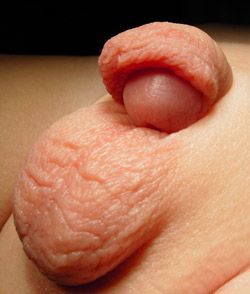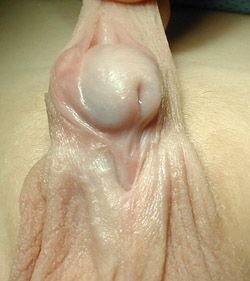Hypospadias
What is hypospadias
It is a congenital defect of the penis that often combines:
- An abnormal end of the urethral orifice is on the underside of the penis instead of the tip
- A downward bend of the penis can occur (chordee) when it is erect
- An excess skin (hood) on half dorsal top of the penis: open foreskin
The severity of the anomaly varies:
- The urethra may have its orifice
- at the glans (head) or at the base of the glans
- In the middle of the penis
- At the base of the penis or even in the perineum, near the anus.
- Lower the orifice is located from its normal position, the more severe the form of hypospadias and the more difficult its correction
Frequency
The frequency is 1 in 300 births. If there is already a child with hypospadias in the family the frequency increases to 1 in 100. The causes are usually unknown. Modern studies implicate genetic hormonal and vascular factors, also factors related to the placenta or the environment.
Principles of surgical treatment
The operation is performed depending on the severity between the 6th and 18th months of life.
The purpose of surgical intervention is:
- Straightness of the penis. It will not bend during erection.
- Build neo-urethra up to the top of the glans penis. For this purpose, it will be used either tissue from the penis, (foreskin) or in more severe cases mucosal graft from the oral cavity.
- Correction of preputial skin (foreskin) with a circular distribution around the glans. The penis will have the aspect of a circumcised penis.
The duration of surgery is 1 to 3 ½ hours depending on the severity. Mild forms of the problem can be treated with a day clinic admission. In the most severe forms, the duration of hospitalization can be longer. At the end of the operation, there will be a urinary catheter, a bandage dressing around the penis, and a system with two diapers to keep the dressing and catheter clean.
Postoperative outcome and complications
Hypospadias surgery is a very delicate and detailed procedure and needs specially qualified surgeons with similar long-term experience. Its outcome also depends on the patient's healing ability. Correction can be made in one procedure in most of the cases (60-85%). In severe forms (penoscrotal hypospadias), in two stages with at least 6 months interval between them.
In some cases, the healing is unsatisfactory and corrective operation is needed. Any additional procedure needs time for accomplishing the healing process, at least 6 months after the initial operation.
Possible complications
- Fistula - It is a leakage of urine at some point in the neo-urethra that can heal automatically or may require surgical correction
- Large neo-urethra may require surgical correction.
- Unsatisfactory aesthetic due to remaining excessive foreskin (hood) that can be solved with circumcision.
- Reconstruction of the foreskin (postoplasty) can result in secondary phimosis that is corrected by circumcision.
- Repeated failed interventions can lead to situations with serious functional and psychological effects, known as “Hypospadias cripples”.
Conclusion
Hypospadias is a congenital defect that can be repaired with one or more surgical procedures. When a qualified surgeon treats this disorder, probably the aesthetic and functional result of this correction will be excellent. The patient’s age at surgery and the final aesthetic and functional result can play a role in potential psychological effects linked to the genital aspect. Rarely patients may need specialized psychological support postoperatively.





